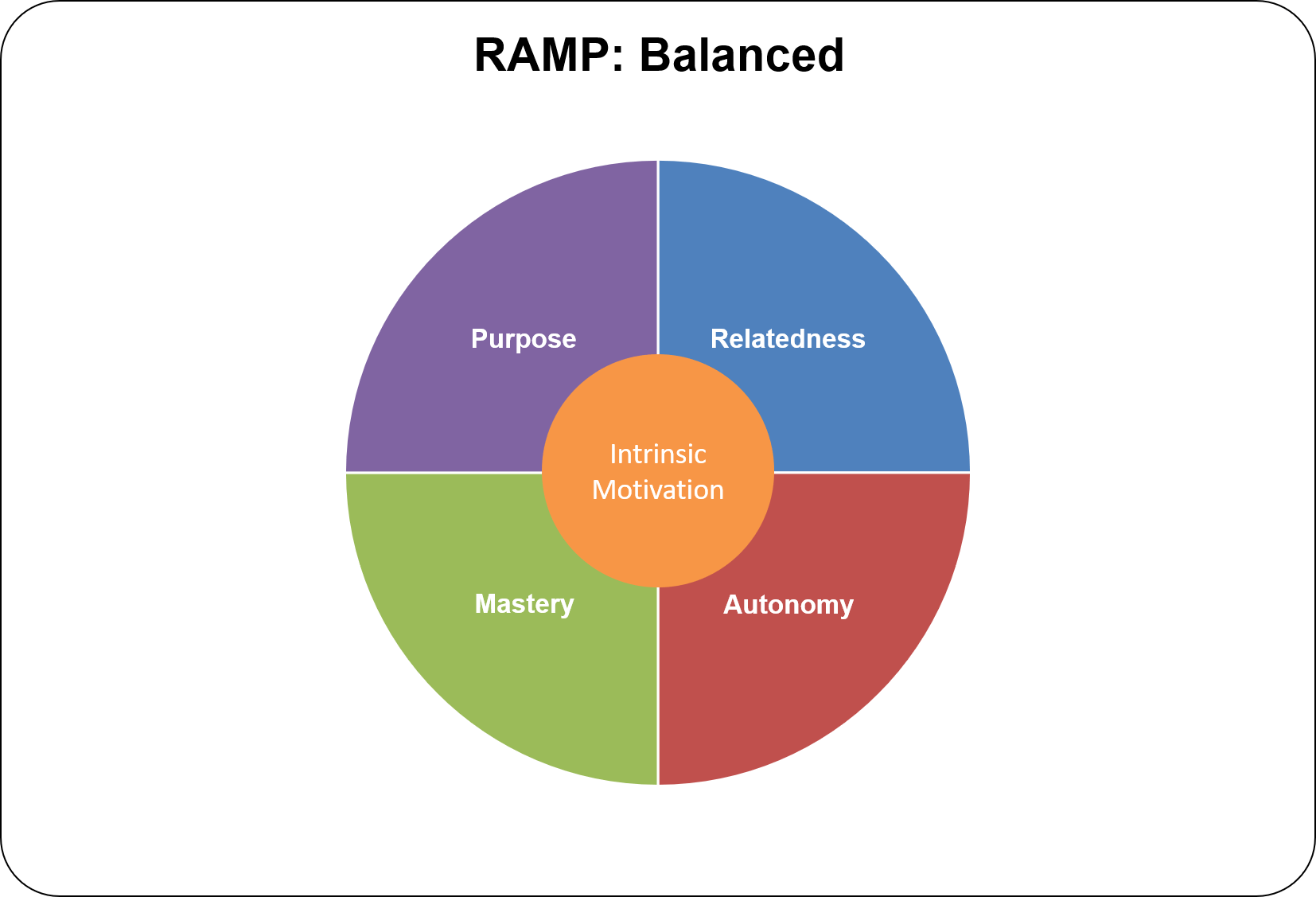There are many tools available to gamification designers to help them with their designs. One of the most useful for me, for reasons I will go into here, is the concept of User Types.
There are many views on user profiling and many ways to do it. Some people love it, some hate it. I am in the middle. It is a very useful tool, but it is not the only thing you should rely on. For me, they can be a useful way to understand or at least considers the motivation so those who will be using your system.
Bartle’s Player Types
In the games world there are a few famous player type models, Bartle’s Player Types being the most well known [1]. In these he breaks down players of his famous Multi-User Dungeon (MUD) game into 4 key types. Killer, Achiever, Socliasler and Explorer. Each type of player had a different motivation to play the game.





